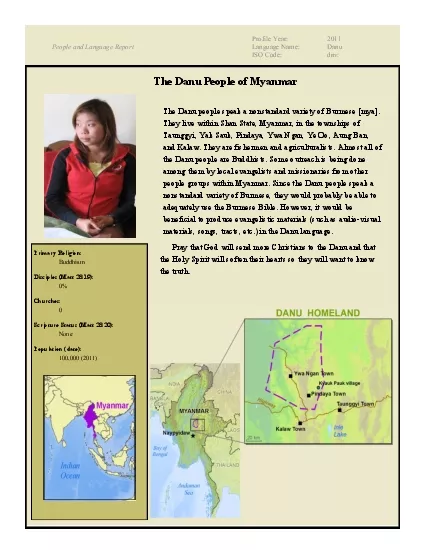PPT-Burmese-Siamese War
Author : natalia-silvester | Published Date : 2016-07-12
War of the second fall of Ayutthaya 176567 History of war the second military conflict between the Konbaung Dynasty of Burma Myanmar and the Ban Phlu Luang Dynasty
Presentation Embed Code
Download Presentation
Download Presentation The PPT/PDF document "Burmese-Siamese War" is the property of its rightful owner. Permission is granted to download and print the materials on this website for personal, non-commercial use only, and to display it on your personal computer provided you do not modify the materials and that you retain all copyright notices contained in the materials. By downloading content from our website, you accept the terms of this agreement.
Burmese-Siamese War: Transcript
Download Rules Of Document
"Burmese-Siamese War"The content belongs to its owner. You may download and print it for personal use, without modification, and keep all copyright notices. By downloading, you agree to these terms.
Related Documents














